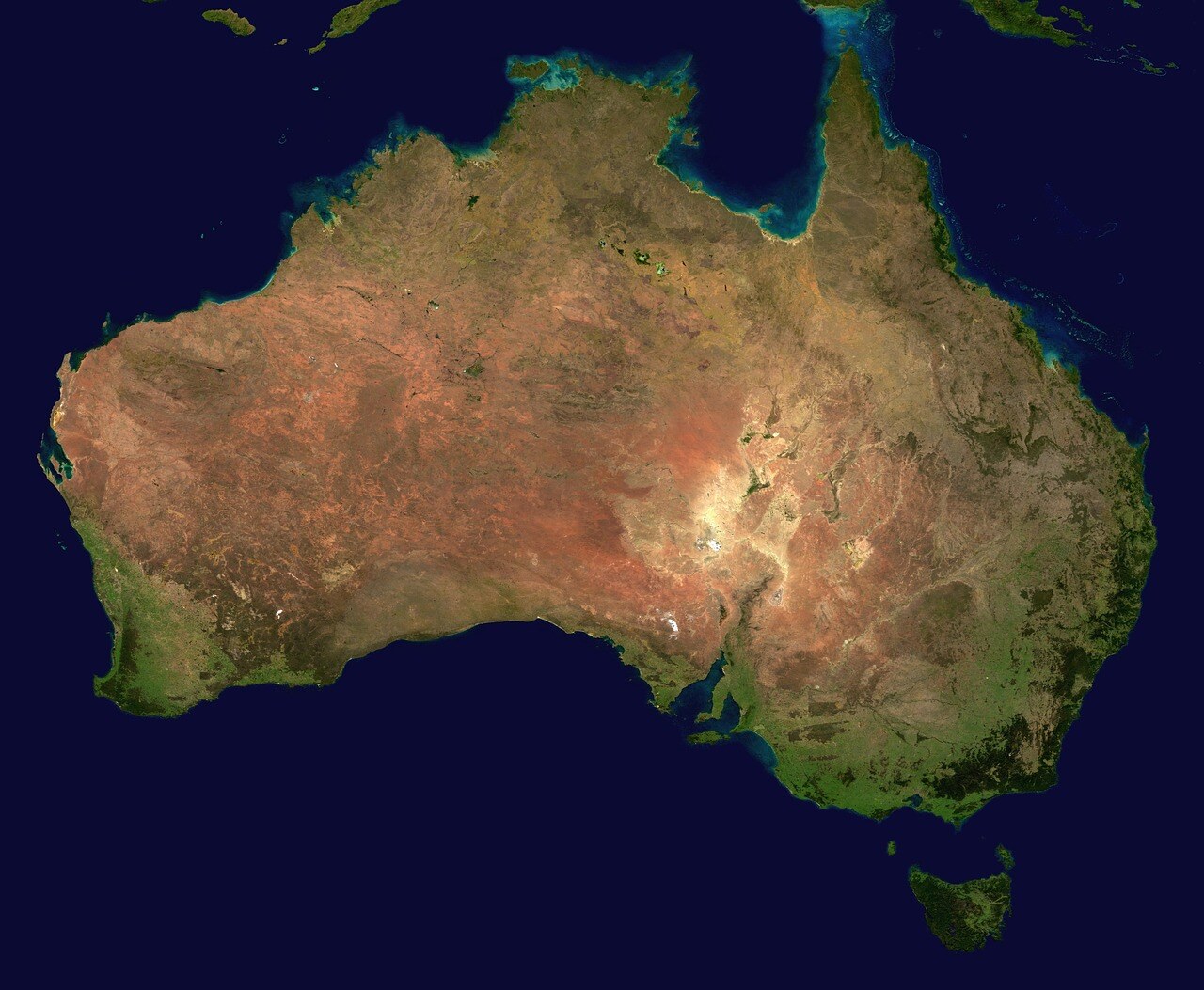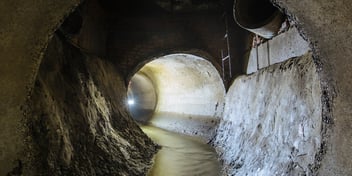New groundwater research set to increase modelling reliability

Accurate and reliable groundwater modelling is required to be able to make better decisions about how to utilise this resource, and one new model optimisation research project is setting out to create a more comprehensive picture of subsurface systems.
Research from the ANU Institute of Water Futures led by geophysicist Dr Sia Ghelichkhan is building a game-changing groundwater model with the aim of significantly improving understanding of groundwater systems in Australia.
Ghelichkhan said the research seeks to address the current issues with the reliability of groundwater modelling, a barrier that needs to be addressed under a changing climate.
“You can run a model and there is no guarantee that the feedback is actually representing the subsurface system that you're trying to model,” Ghelichkhan said.
"In response to this problem we are using new techniques that meticulously examine the discrepancies between the predictions of our models and the actual data we gather. This aims to derive physical parameters that not only conform to the fundamental principles of subsurface water flow but also accurately mirror the data.”
Ghelichkhan said groundwater plays a crucial role for both drinking water and industry in Australia, yet there are still plenty of unknowns when it comes to how groundwater systems function and interact with other natural systems.
“When we think about water, it’s usually surface water. But the bigger portion of the water cycle is actually in the subsurface. Some of this is ancient water that has been stored in the subsurface for thousands of years,” he said.
“The typical timescale of groundwater flows is different to surface water. Unlike surface water, groundwater flows move over the space of a decade, sometimes a century. This makes it very hard to manage. But, at the same time, this is also influenced by climate change.”
While groundwater is considered a reliable resource, it is a much trickier part of the water cycle to understand, Ghelichkhan said.
“And that is the focus of this research, to gain a better understanding of what is occurring in the subsurface,” he said.
“The thing we want to know is not really about how much groundwater we have, but more so how long it takes for the aquifer to recharge, as well as connectivity to other systems and what kind of impact groundwater extraction will have on the system as a whole.”
Towards a digital twin
Many within the water community will be familiar with the concept of a digital twin, with various understandings proliferating about what a digital twin is and how it’s built, Ghelichkhan said.
“For me, as a numerical scientist, a digital twin is a computer model that accurately represents the physical processes and properties of a specific natural phenomenon. By running this model, we can gain insight into both its historical behaviour and future developments. It’s essentially a scientifically grounded crystal ball,” he said.
“In collaboration with the Bureau of Meteorology and Geoscience Australia, what I am trying to do is establish this digital twin for the groundwater systems in Australia.
“It’s about more than describing the lithology or porosity of rocks, it’s about what is going to happen in the future, and improving the knowledge we have from the past.”
When it comes to establishing a digital twin, there are a few important factors required to ensure the reliability of the model, Ghelichkhan said.
“Models are great when they represent the reality of things. The first question is whether we are representing the physical processes that are involved. For example, many groundwater flow models rely on simplified forms of the governing equations,” he said.
“So if we rely on simplified forms of the equations to look at changes in the water table, we’ll miss some of the complex behaviours and changes. And there have been significant efforts to create more sophisticated ways of representing these flow processes.
“And then is the issue with the physical parameter: Every numerical model has certain parameters, and if you have the right physical processes represented in your model, and the right parameters, then you’ve got a very good indication of what is occurring.”
Ghelichkhan said groundwater has been studied for a long time, and his research will be looking at past literature about the most sophisticated equations available to help in this area of work, and then engage in optimisation techniques to create more accuracy.
“But the next step is to see if we can use the observations that we have – the National Groundwater Information System, for example – to run a model, and then compare it to the observational data we collect,” he said.
“Often there is no match here, which indicates a lack of understanding. Optimisation techniques consider the difference between the model and the observations as an input, which allows us to optimise the parameters that are going into these models.
“The aim is to establish a model that is as sophisticated as the natural phenomenon, run the model with the observational data, and use these two areas together to correct some of the parameters that we have got.
“Once we have the optimised model, we have a digital twin – it will be the most sophisticated model that represents the physical process, but will also match the observational data it is informed by.”
Ghelichkhan said that while there is always going to be intrinsic uncertainty in predictions that come from any model created, the research is about closing the gap as much as possible.
“As humans, we aren't great with managing probabilities. But it is about getting as close as possible to observational data, while also getting the physics right,” he said.
“If we get close to the observation and the assumptions we have about groundwater flows are not accurate, we are getting to the right answer for the wrong reasons. We are aiming to get both the reasons and the answers right. Once we get both right, we will have a more reliable system.”
Potential applications
In terms of what this new approach has the potential to unlock, Ghelichkhan said increased predictability of many of Australia’s groundwater resources could help steer decision-making.
“There are plenty of opportunities in Australia for mining critical minerals. The issue is the water required from extraction, processing and exportation. Access to water is one of the biggest issues in this area of industry,” he said.
“There are also plenty of implications for Australia’s groundwater management policy, as well. One of the biggest issues with groundwater in coastal areas is saltwater intrusion. There is a critical threshold for the extraction of groundwater where the pressure in the subsurface drops.
“When that drops, there is the possibility of saltwater intrusion into the aquifer system. If you have enough intrusion of seawater into an aquifer system, the whole resource can become undrinkable, it can no longer be used.”
Many researchers are considering groundwater from different angles, Ghelichkhan said, but more needs to be invested into this area of work if groundwater allocation decisions are to be made from an informed position.
“Knowing that we are not investing more in this area of work is more unsettling than any of the data. Knowing that we don’t have the balance sheet right yet, in terms of how groundwater is behaving, leads to many questions about whether or not we can justify certain uses,” he said.
“We may never get to 100% certainty with this work, but if we can get better and better, and develop our understanding, we will be in a better position to make decisions about how this resource is used.”

